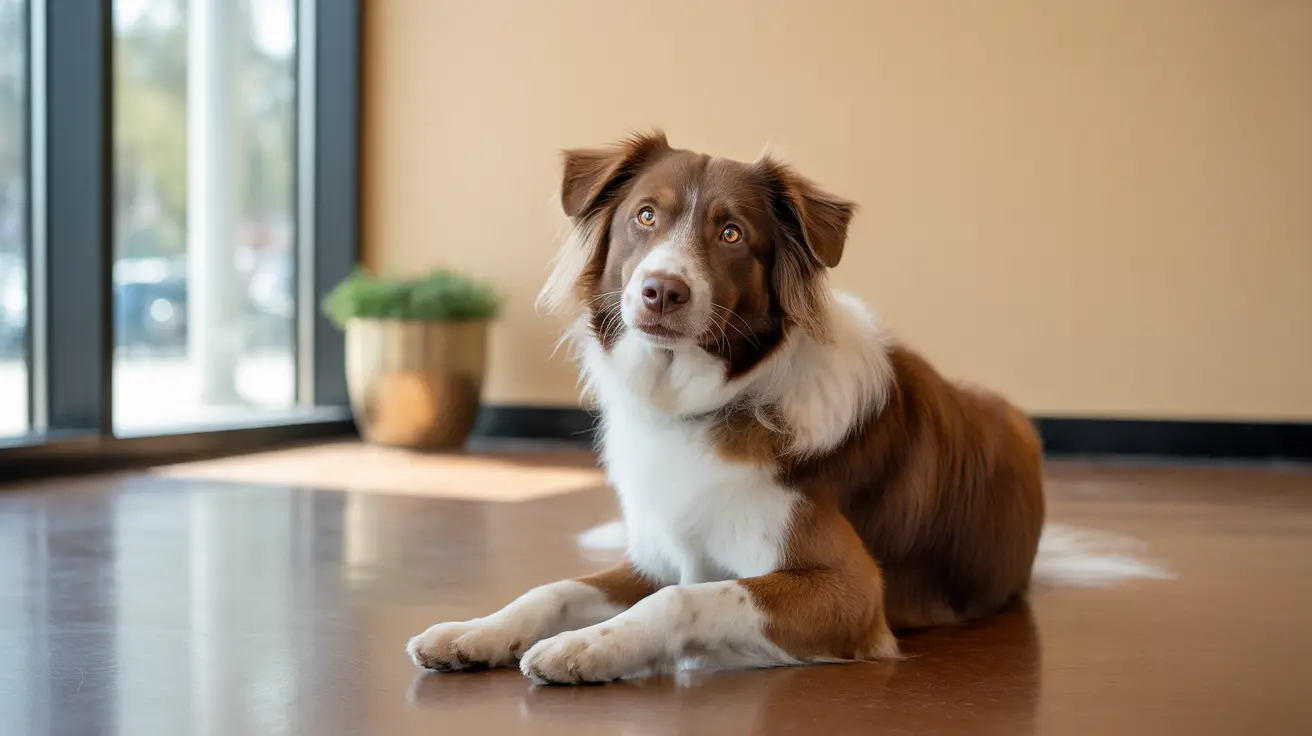If you've discovered a soft, movable lump under your dog's skin, there's a good chance it's a lipoma. These common fatty tumors affect many dogs, particularly as they age, and while they're usually harmless, understanding what they are and how to manage them is crucial for any pet owner.
In this comprehensive guide, we'll explore everything you need to know about lipomas in dogs, from identification and diagnosis to treatment options and long-term management strategies.
What Are Lipomas in Dogs?
Lipomas are benign (non-cancerous) tumors composed of fat cells that develop in the subcutaneous tissue beneath your dog's skin. These soft, round masses can vary in size from tiny lumps to large growths several inches in diameter. While they can appear anywhere on your dog's body, they're most commonly found on the chest, abdomen, and legs.
Identifying Lipoma Characteristics
- Soft and squishy texture
- Mobile when touched
- Well-defined borders
- Painless to the touch
- Slow growth rate
- Normal skin appearance above the mass
Common Risk Factors
- Age (middle-aged to senior dogs)
- Breed predisposition (especially in Labrador Retrievers, Dobermans, and Schnauzers)
- Obesity
- Genetic factors
Diagnosis Process
When you notice a new lump on your dog, veterinary examination is essential. Your vet will likely perform:
- Physical examination
- Fine-needle aspiration (FNA)
- Sometimes additional imaging (ultrasound or MRI)
- Possible biopsy in uncertain cases
Treatment Options and Management
Not all lipomas require treatment. Your veterinarian will consider several factors when determining the best course of action:
Monitoring Approach
Small, stable lipomas often only need regular monitoring. Your vet may recommend:
- Regular size measurements
- Photography documentation
- Periodic check-ups
Surgical Removal
Surgery might be recommended if the lipoma:
- Grows rapidly
- Interferes with movement
- Causes discomfort
- Becomes very large
- Shows concerning changes
Prevention and Management Strategies
While you can't completely prevent lipomas, you can take steps to manage risk factors:
- Maintain healthy body weight
- Provide regular exercise
- Schedule routine veterinary check-ups
- Monitor existing lumps for changes
- Keep detailed records of any new growths
Frequently Asked Questions
What are the common causes and risk factors for developing lipomas in dogs?
Lipomas typically develop due to a combination of genetic predisposition, age, and environmental factors. Overweight dogs and certain breeds are more susceptible, and the risk increases with age, particularly in middle-aged to senior dogs.
How do veterinarians typically diagnose lipomas in dogs, and what tests are involved?
Veterinarians usually start with a physical examination and fine-needle aspiration (FNA) to collect cells for microscopic analysis. In some cases, they may recommend ultrasound or MRI, especially for deeper masses or pre-surgical planning.
What are the most effective treatment options for lipomas in dogs, and when is surgery usually recommended?
While many lipomas don't require treatment, surgical removal is the most effective option when necessary. Surgery is typically recommended for lipomas that are large, growing rapidly, causing discomfort, or interfering with movement.
How can I monitor and manage lipomas in my dog without surgery, and what are the benefits of monitoring versus removal?
Regular monitoring involves measuring the size, taking photos, and watching for changes in texture or your dog's comfort. This approach is often suitable for small, stable lipomas and avoids unnecessary surgery risks.
Is there a way to prevent lipomas from forming in dogs, and what lifestyle changes can help reduce their occurrence?
While complete prevention isn't possible, maintaining a healthy weight through proper diet and exercise may help reduce the risk. Regular veterinary check-ups can also ensure early detection and appropriate management of any developing lipomas.
Remember, while lipomas are generally harmless, any new lump should be evaluated by a veterinarian to ensure proper diagnosis and appropriate management. With proper monitoring and care, most dogs with lipomas continue to live happy, healthy lives.






